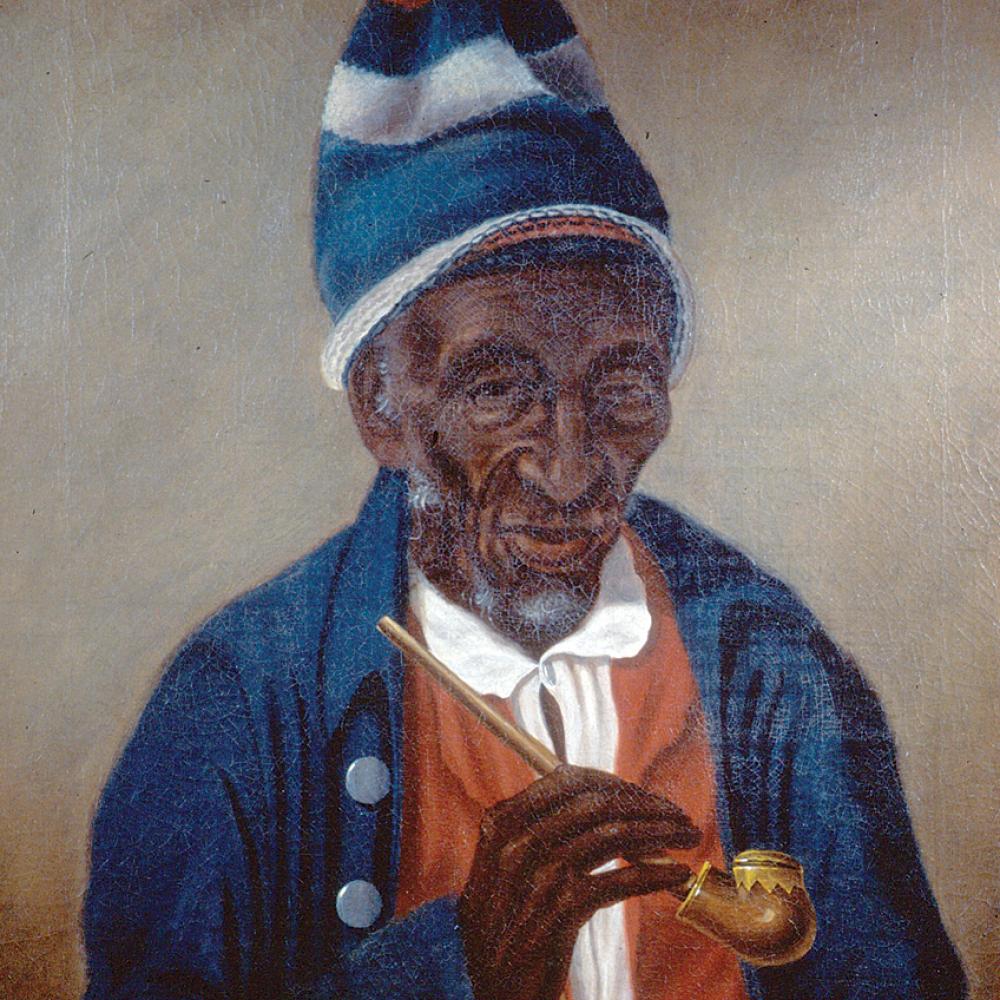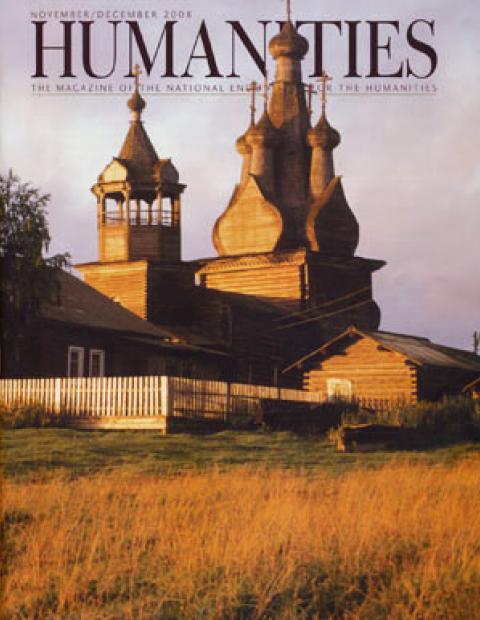When Charles Willson Peale painted former enslaved African American and Georgetown resident Yarrow Mamout in 1819, he was interested in his storied longevity. But as flames engulfed the Georgetown Branch of the Martin Luther King Jr. Memorial Library in April 2007, Jerry McCoy, curator of the Peabody Collection, was interested in longevity of a different sort, hoping to save and preserve, in addition to a later likeness of Yarrow, the invaluable collection of photographs, maps, land plats, and general ephemera for posterity.
Within a day, a disaster recovery team removed the items, which were then vacuum frozen. An estimated 90 percent of it was salvaged, comprising four hundred boxes placed on thirteen pallets and shrink-wrapped, weighing over nine thousand pounds. An NEH grant will help with the recovery and preservation of the materials, along with development of a disaster plan for the library and its special collections.
That the Yarrow canvas survived shouldn’t come as a surprise. The portrait of an African American painted at this time in U.S. history was rare, and it had caught the attention of James H. Johnston of Washington, who researched Yarrow’s story for three years and wrote about him in the Washington Post.
According to Johnston’s 2006 Post article, Yarrow himself was a survivor, having amassed a hundred-dollar nest egg for his retirement. Twice, merchants who held the money for him lost it when their businesses failed. Yarrow scraped and saved a third time, putting aside two hundred dollars, which he used to buy shares in Georgetown’s Columbia Bank, finally allowing him to support himself in retirement with the interest from his investment.


